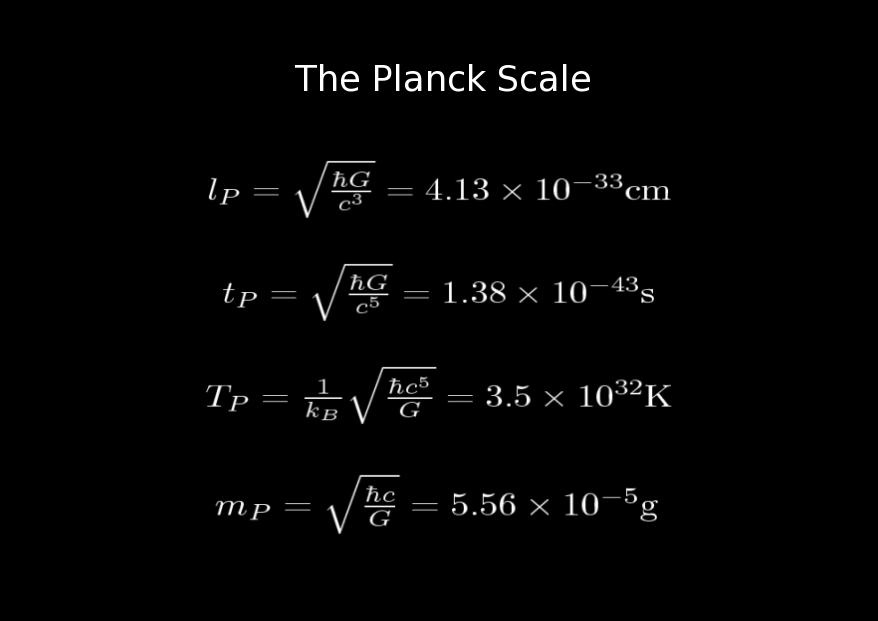










General relativity doesn't specify the fundamental nature of webs of events. It assumes that they form a continuum but they could equally well be discrete. The scale where the fundamental nature of events is likely to become important is the Planck scale, where gravitational and quantum effects are roughly the same sizes. The Planck length is on the order of 10-33 cm, the Plank time is on the order of 10-43 s, and the Planck temperature is on the order of 1032 K. These are all quantites that are very alien to our everyday experiences. In contrast, the Planck mass is around 10-5 g, which is about the mass of a small grain of sand (1.7 × 10-4 g). The Planck mass is closer to our own scale but is enormous compared to the masses of typical subatomic particles, which is a more appropriate comparison.
Everything in the universe is barely above absolute 0 relative to the Planck temperature, which means that our universe is frozen on a fundamental scale. From this perspective, the Big Bang could be better characterized as the Big Freeze. So, to observe phenomena on this scale, we must look for very extreme environments. one way to do this would be to look back toward the Big Bang. Another way is to look at conditions near black holes.
I am the author of the images and text except where otherwise indicated. Please contact me for permission if you wish to use any of my images or text.
Created on Wednesday 03 May 2006 by Mark A. Martin with KPresenter